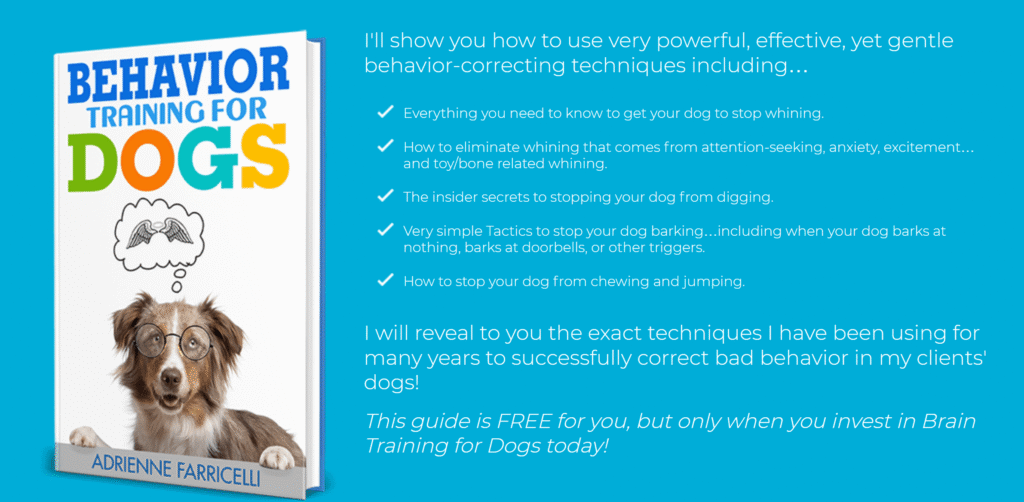As a trainer, I love books because they give you repeatable, structured guidance you can come back to any time. If you’re searching for the best dog training books, this guide walks you through what to read first, how to apply it, and how to turn book knowledge into real-world results. We’ll start with foundational titles, move to behavior problem solvers, then advanced skill builders—and finally I’ll show you a low-cost way to add videos and a structured plan so you actually follow through.
How to choose the right training books
Before the list, use these simple criteria:
- Evidence-based and humane (positive reinforcement, clear mechanics).
- Actionable plans (step lists, weekly schedules, troubleshooting notes).
- Fits your current stage (puppy vs. adolescent vs. adult, basics vs. behavior).
- Teaches you to observe and measure progress (not just “try harder”).
The best dog training books (by learning path)
1) Start here: foundations and communication
- “Zak George’s Dog Training Revolution” – Zak George
Plain-English foundations for new owners: house training, socialization, basic manners, common mistakes to avoid. - “The Power of Positive Dog Training” – Pat Miller
Step-by-step sessions, reward timing, and how to build duration and distraction the right way. - “Don’t Shoot the Dog” – Karen Pryor
A short, friendly primer on clicker/marker training and why reinforcement beats punishment long-term.
2) Puppy-specific fast start
- “Perfect Puppy in 7 Days” – Dr. Sophia Yin
Daily schedules, socialization checklists, and photo-based guides for handling, leash skills, and calmness. - “Before and After Getting Your Puppy” – Dr. Ian Dunbar
Crate/toilet training plans, bite inhibition, and socialization milestones you shouldn’t miss in the critical window.
3) Understanding behavior (so you can fix it)
- “The Other End of the Leash” – Dr. Patricia McConnell
Why our body language and voice matter; how to communicate in ways dogs actually understand. - “Decoding Your Dog” – American College of Veterinary Behaviorists
Science-based strategies for barking, fear, aggression, separation anxiety, and more.
4) Focused skills and impulse control
- “Control Unleashed” – Leslie McDevitt
Pattern games and focus work for reactive or easily overstimulated dogs; great for leash manners and calmness. - “Training the Best Dog Ever” – Dawn Sylvia-Stasiewicz & Larry Kay
Five-week program that blends manners with relationship building; short daily sessions for busy owners.
5) Advanced thinking and enrichment
- “The Culture Clash” – Jean Donaldson
A deeper look at learning theory and why management + training beats “wishful thinking.” - Trick training workbooks (various authors)
Tricks aren’t fluff—done right, they sharpen timing, build confidence, and generalize cues under distraction.
How to study and actually see results (simple plan)
- Week 1–2: Choose one foundation book and one puppy/behavior title. Read 15 minutes daily.
- Week 2–4: Train 10–15 minutes, twice a day. Track reps, success %, and distractions.
- Week 4+: Add a focus/impulse-control book (e.g., Control Unleashed). Introduce pattern games in calm settings, then layer in real-world distractions.
- Every week: Review one chapter, then convert it to 2–3 micro-sessions you can finish in under 10 minutes.
Pro tip: Progress happens when you reduce criteria (easier versions) the moment your success rate drops below ~80%, then rebuild.
Where books hit their limits
Books give great frameworks, but three gaps can slow you down:
- No visual feedback: It’s hard to see timing and leash mechanics from text alone.
- Consistency: Many owners read, feel motivated… then life happens.
- Sequencing: Knowing what to do is different from knowing what to do first, second, third for your specific dog.
That’s where a structured, video-based program helps you bridge the gap between “I get it” and “we’ve got it.”
A smart next step after books: Brain Training for Dogs
If you want an affordable way to turn these book principles into daily practice, consider Brain Training for Dogs, an online course by Adrienne Farricelli, CPDT-KA (a certified professional dog trainer with 10+ years of hands-on experience). It uses humane, positive-reinforcement methods and breaks training into school-style levels so you always know the next step.
What you get:
- Step-by-step modules from basics to advanced focus games (Preschool → Einstein).
- Video demonstrations + PDFs, so you can see timing, leash handling, and reward placement.
- Behavior fixes for common issues (leash pulling, barking, mild reactivity, impulse control).
- Lifetime access with a low one-time fee—easier on the wallet than private sessions.
Why it pairs well with books:
- Books give you concepts; videos show mechanics.
- The level-by-level structure keeps you consistent.
- Short, game-like sessions make it easier to train every day.
Sample study stack (plug-and-play)
- New puppy: “Perfect Puppy in 7 Days” + “Zak George’s Dog Training Revolution” + Brain Training’s Preschool & Elementary modules.
- Reactive adolescent: “Control Unleashed” + “The Other End of the Leash” + Brain Training focus/impulse-control games.
- First-time owner of adult rescue: “The Power of Positive Dog Training” + “Decoding Your Dog” + Brain Training basics and behavior fixes.
FAQs
Are book-only plans enough?
For many basics—yes. But videos accelerate your timing and leash skills, and structured modules prevent “stall-outs.”
Can positive reinforcement handle serious aggression?
Books and home programs help with mild to moderate behavior issues. For safety risks (bites, severe reactivity), consult a certified, in-person professional.
How long until I see results?
With 10–15 minutes, twice a day, most teams see clearer focus and better cues within 2–3 weeks; tougher issues take longer but improve with consistent, tiny wins.
Final take
If you’re looking for the best dog training books, start with a foundation title, add a behavior reference, then a focus/impulse-control guide. Read a little daily, convert chapters into short sessions, and track your success rate. When you’re ready to turn pages into progress, add a structured video program like Brain Training for Dogs to lock in timing, mechanics, and consistency—without the cost or scheduling headaches of weekly classes.
Train smart, keep sessions short, and celebrate small wins. Your dog will, too.

